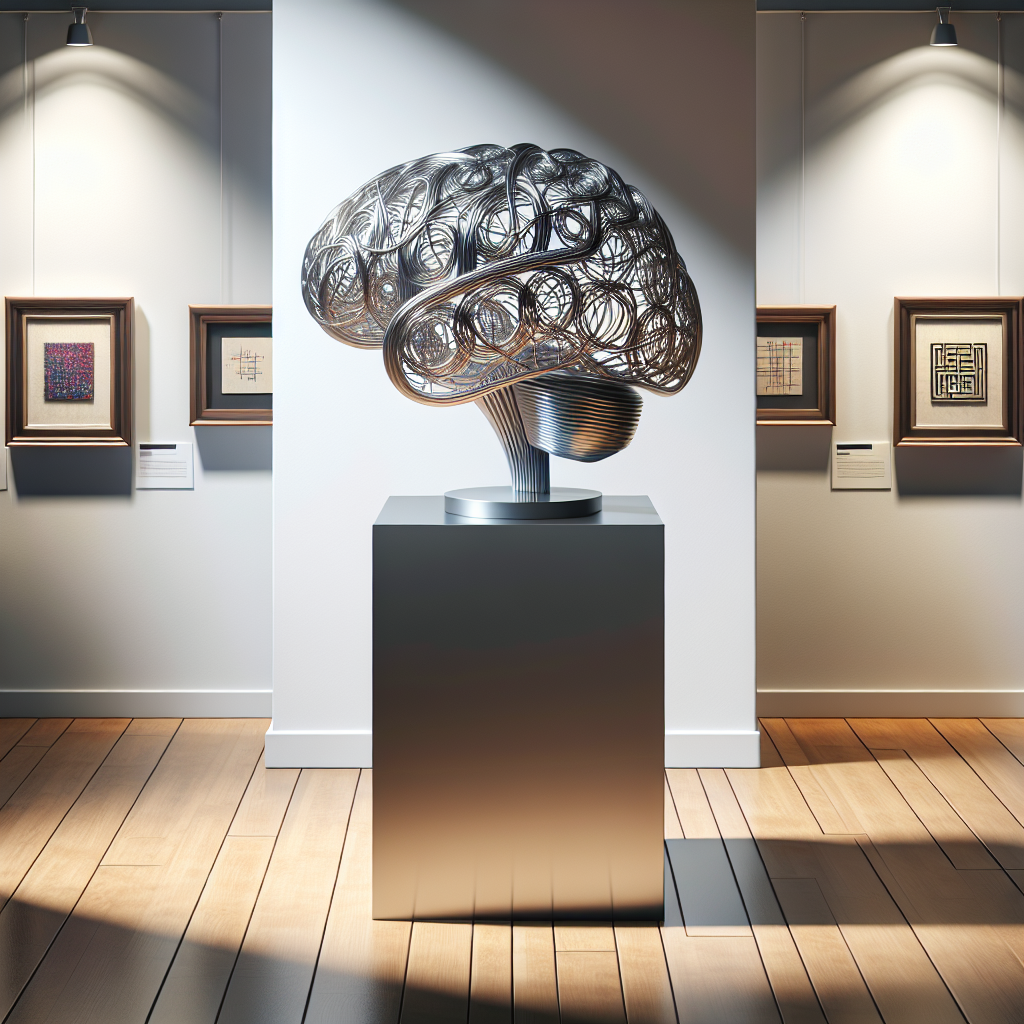Artificial intelligence (AI) is revolutionizing the way we create and consume art. From generating new artistic styles to analyzing existing works, AI is reshaping the world of art in ways that were previously unimaginable. The rise of AI in the art world has sparked debates about the role of technology in creativity, but one thing is clear – AI is here to stay and is changing the way we think about art.
The Creative Code
AI has been used in various creative fields, from music and literature to visual arts and design. In the world of visual arts, AI has been used to create new forms of art, from paintings and sculptures to digital art and photography. Artists and designers are using AI algorithms to generate new artistic styles, explore different techniques, and push the boundaries of traditional art forms.
One of the most significant ways AI is reshaping the world of art is through generative art. Generative art is the process of creating art using algorithms and computer programs to generate new and unique artworks. Artists are using AI algorithms to create art that is constantly evolving and changing, blurring the lines between human creativity and machine intelligence.
AI is also being used to analyze and interpret existing works of art. Art historians and curators are using AI algorithms to study and categorize artworks, identify patterns and trends, and uncover hidden meanings in art. AI is helping us understand and appreciate art in new ways, providing insights and interpretations that were previously impossible to achieve.
The impact of AI on the art world is profound, as it is challenging traditional notions of creativity and artistic expression. AI is pushing the boundaries of what is possible in art, creating new opportunities for artists and designers to explore and experiment with different techniques and styles. The use of AI in art is not about replacing human artists, but about enhancing and expanding their creative capabilities.
FAQs
Q: How is AI being used in the world of art?
A: AI is being used in various ways in the world of art, from generating new artistic styles to analyzing existing works. Artists and designers are using AI algorithms to create art that is constantly evolving and changing, blurring the lines between human creativity and machine intelligence. AI is also being used to analyze and interpret artworks, providing insights and interpretations that were previously impossible to achieve.
Q: Is AI replacing human artists?
A: AI is not replacing human artists, but rather enhancing and expanding their creative capabilities. AI is a tool that artists can use to explore and experiment with different techniques and styles, pushing the boundaries of traditional art forms. While AI can generate new art and analyze existing works, it cannot replace the unique perspective and creativity of human artists.
Q: What are the ethical implications of using AI in art?
A: The use of AI in art raises ethical questions about the role of technology in creativity and artistic expression. Some critics argue that AI art lacks the emotional depth and human touch of traditional art, while others believe that AI can enhance and expand the creative capabilities of artists. Artists and designers using AI in their work must consider the ethical implications of using technology in art and ensure that their creative process remains authentic and meaningful.
Q: How can artists and designers learn to use AI in their work?
A: Artists and designers can learn to use AI in their work through online courses, workshops, and tutorials. There are many resources available for artists and designers looking to explore the possibilities of AI in art, from coding platforms and software tools to community forums and online communities. By learning how to use AI algorithms and techniques, artists and designers can enhance their creative process and push the boundaries of traditional art forms.
In conclusion, AI is reshaping the world of art in profound and exciting ways. From generative art to art analysis, AI is changing the way we create, view, and interpret art. While the rise of AI in art raises ethical questions and challenges traditional notions of creativity, it also presents new opportunities for artists and designers to explore and experiment with different techniques and styles. The creative code of AI is transforming the art world, pushing the boundaries of what is possible and inspiring new forms of artistic expression.

